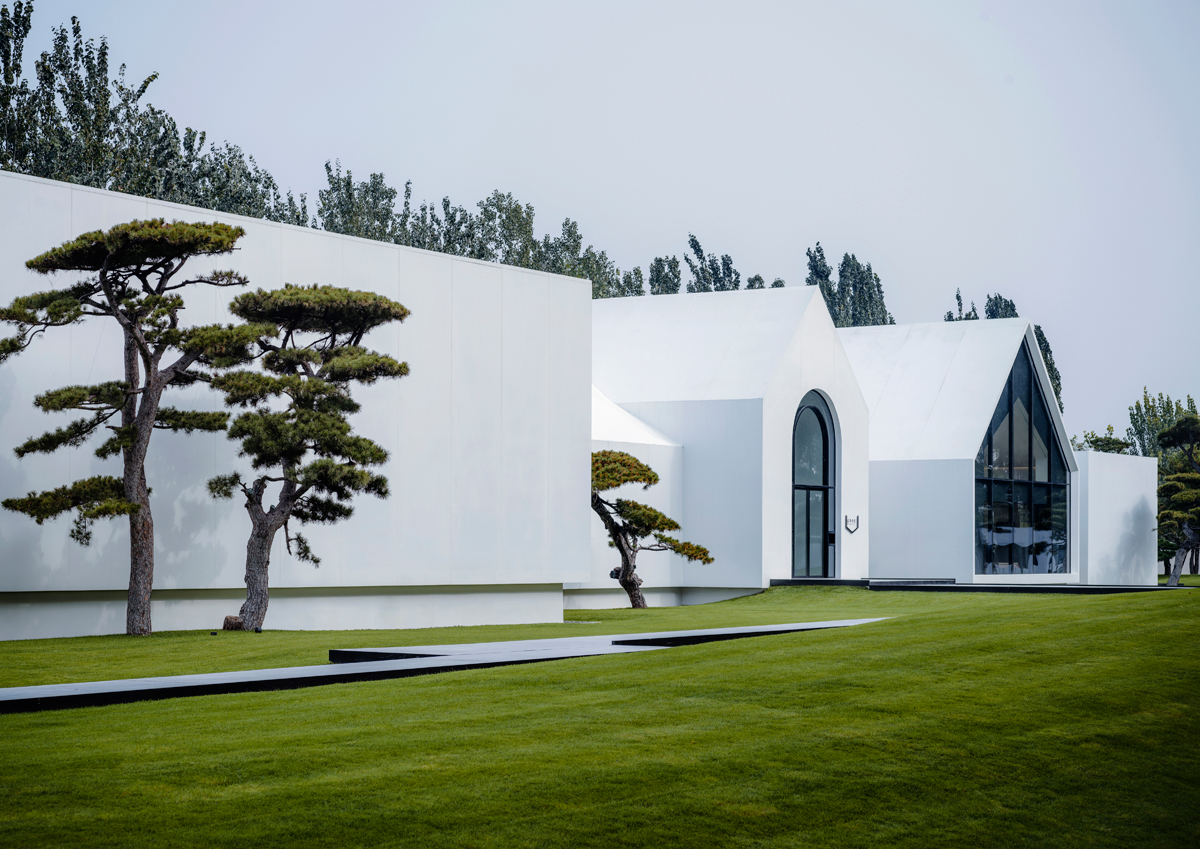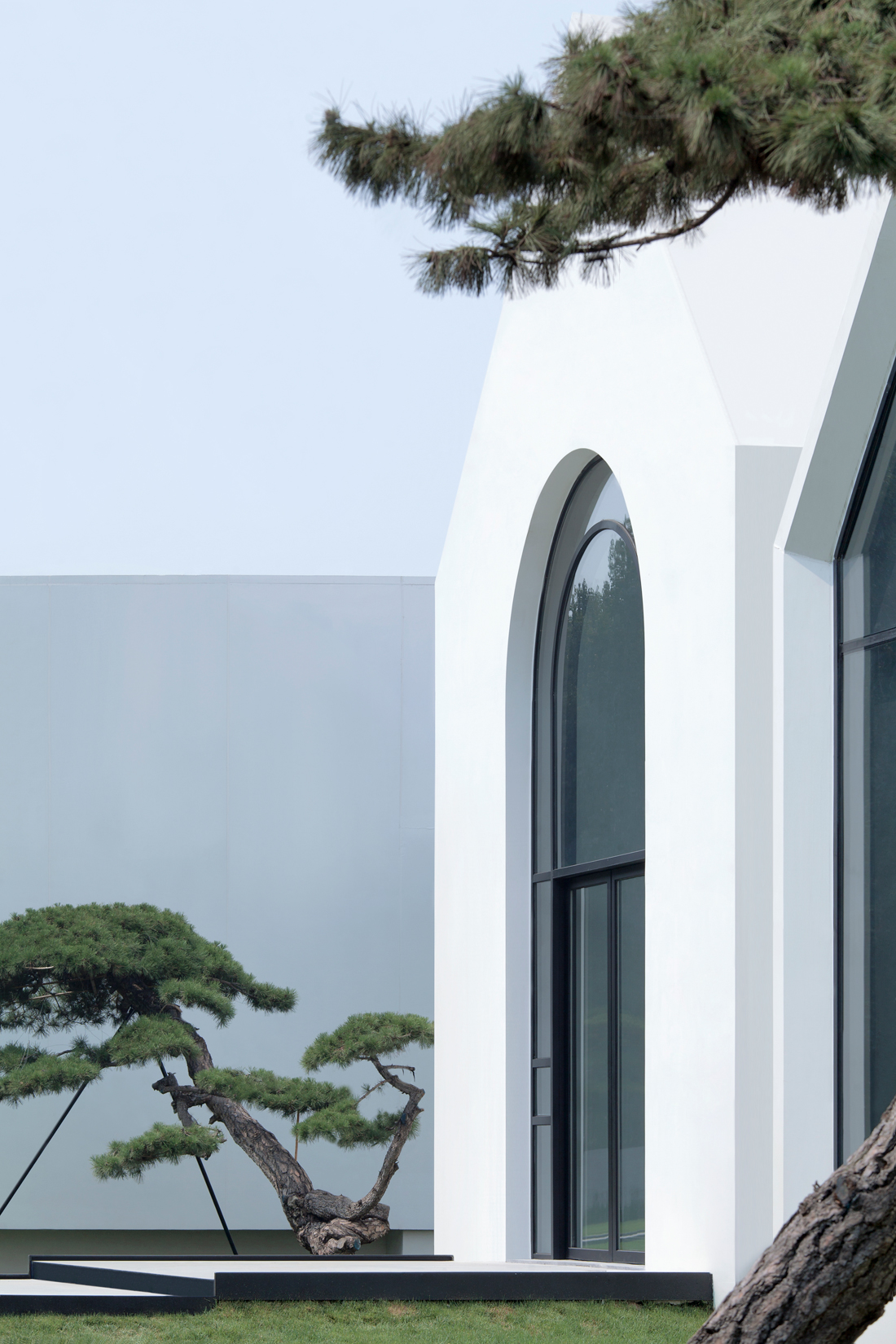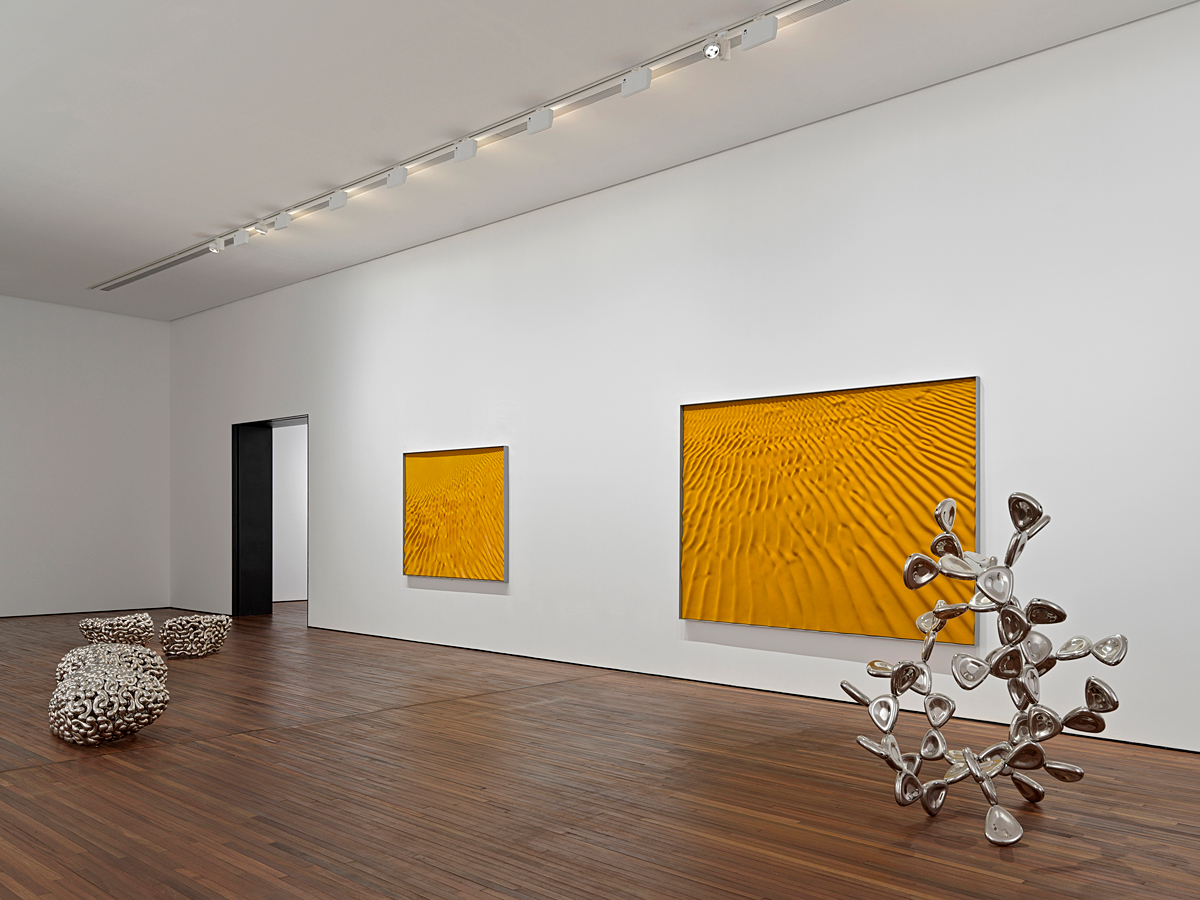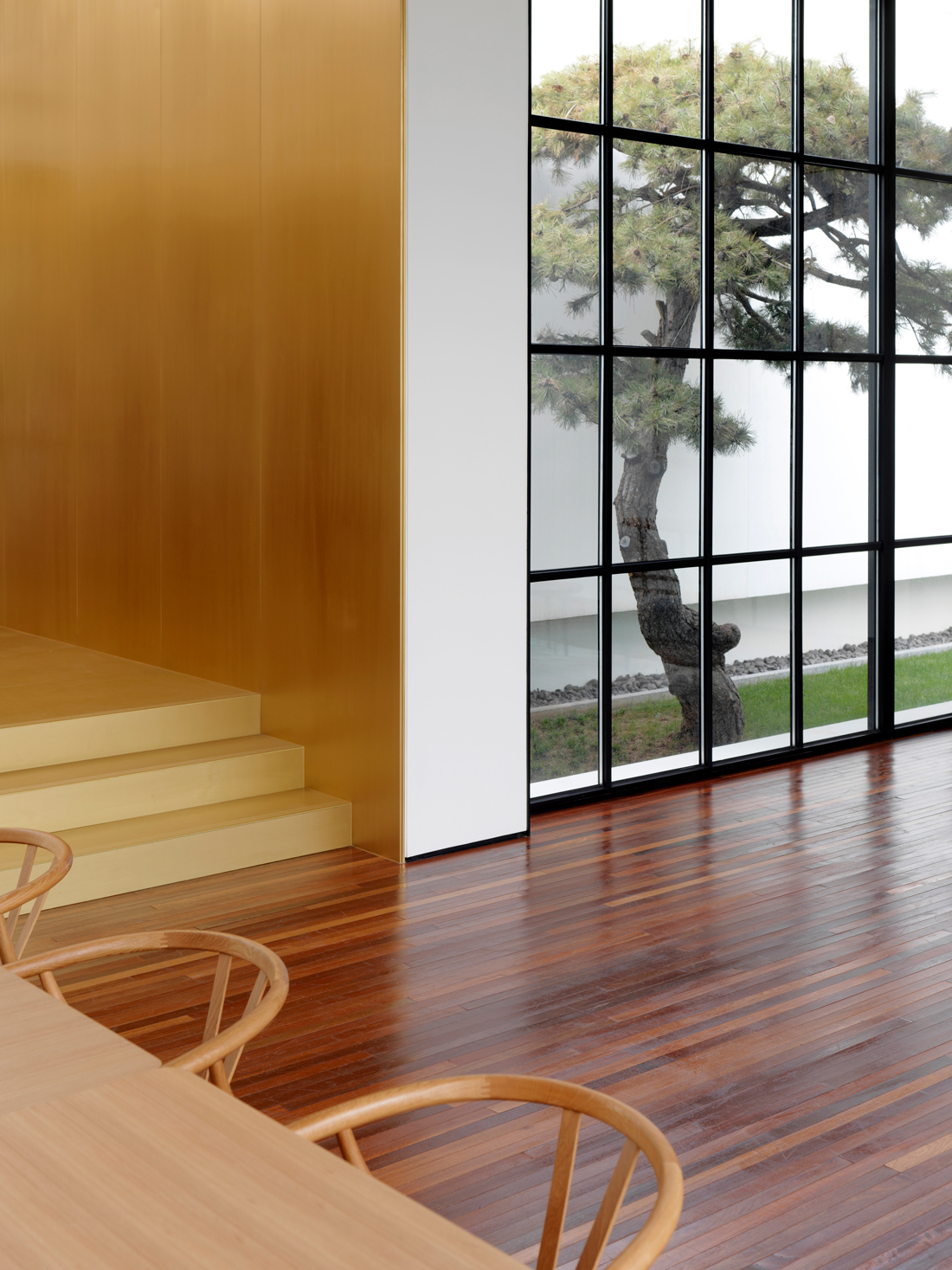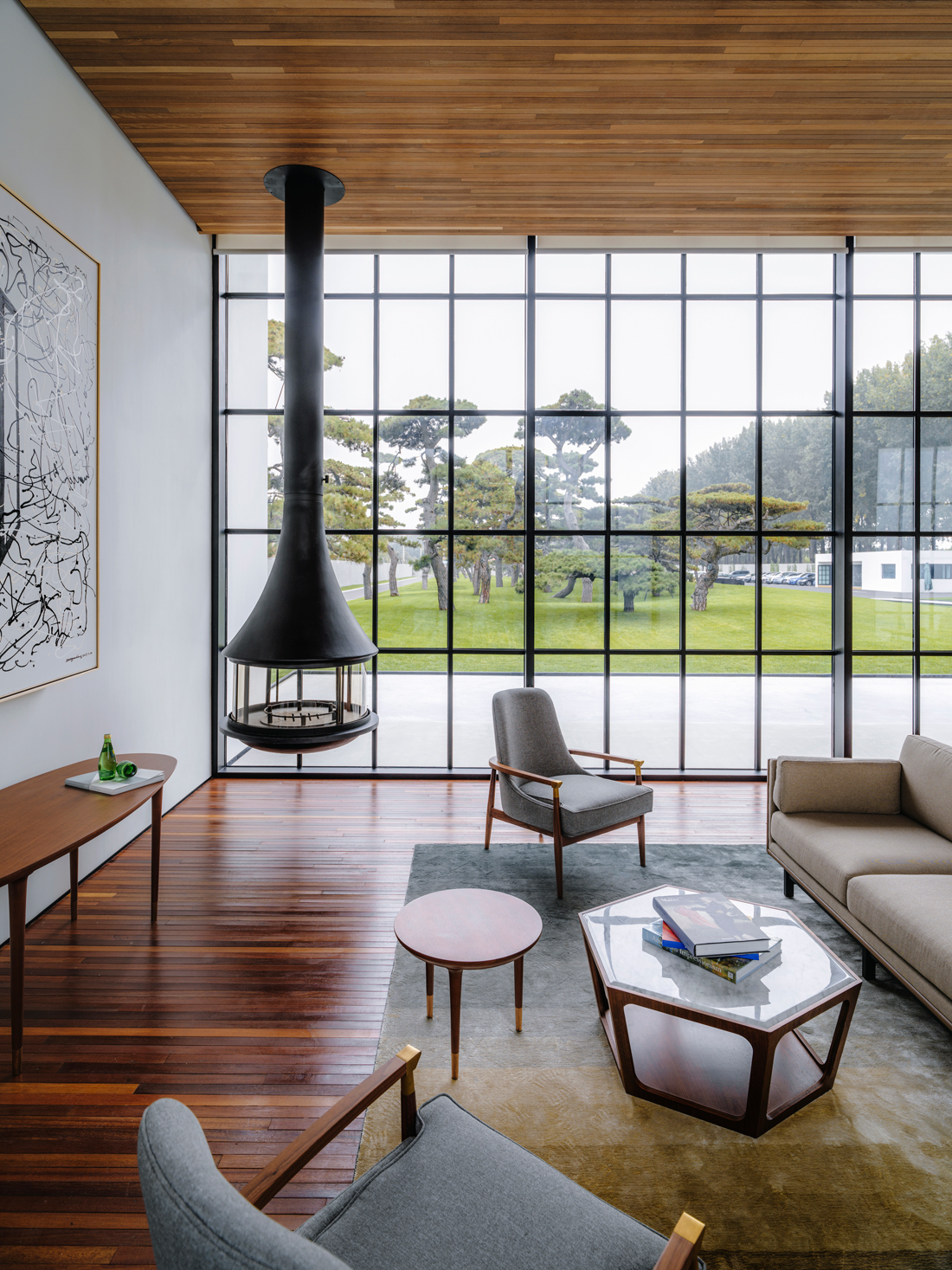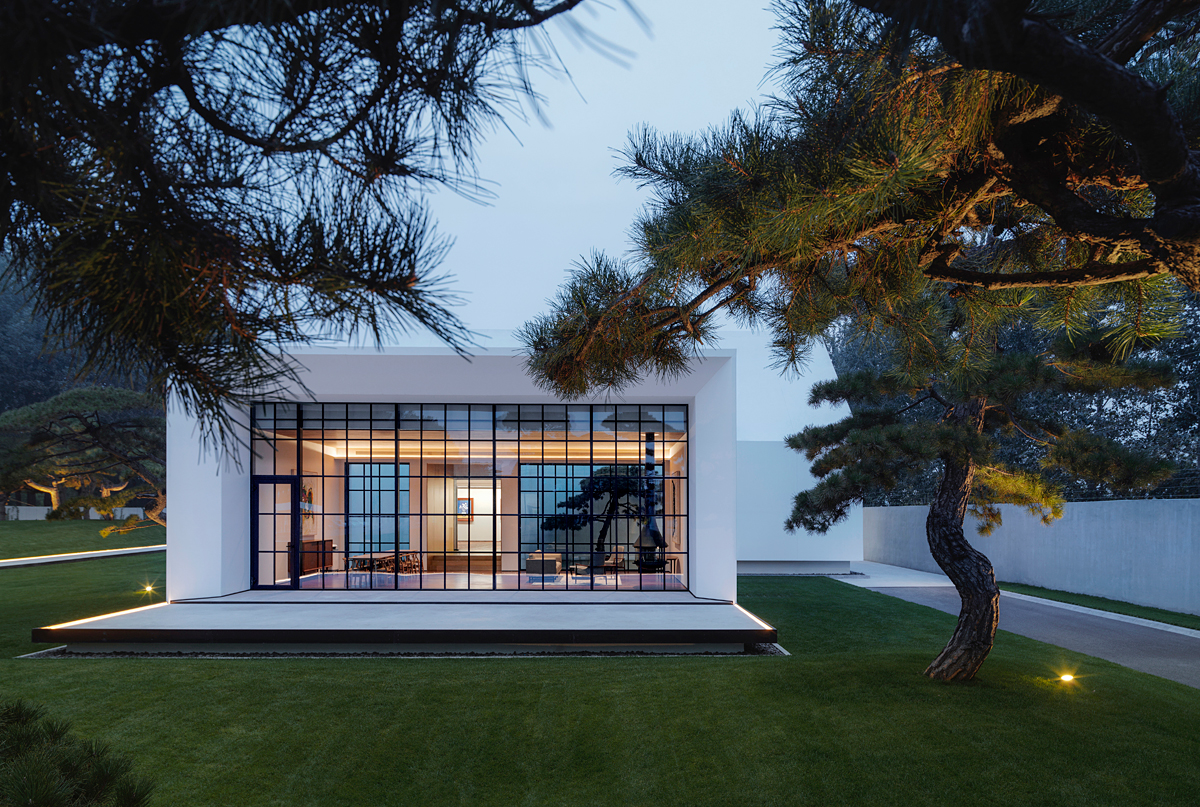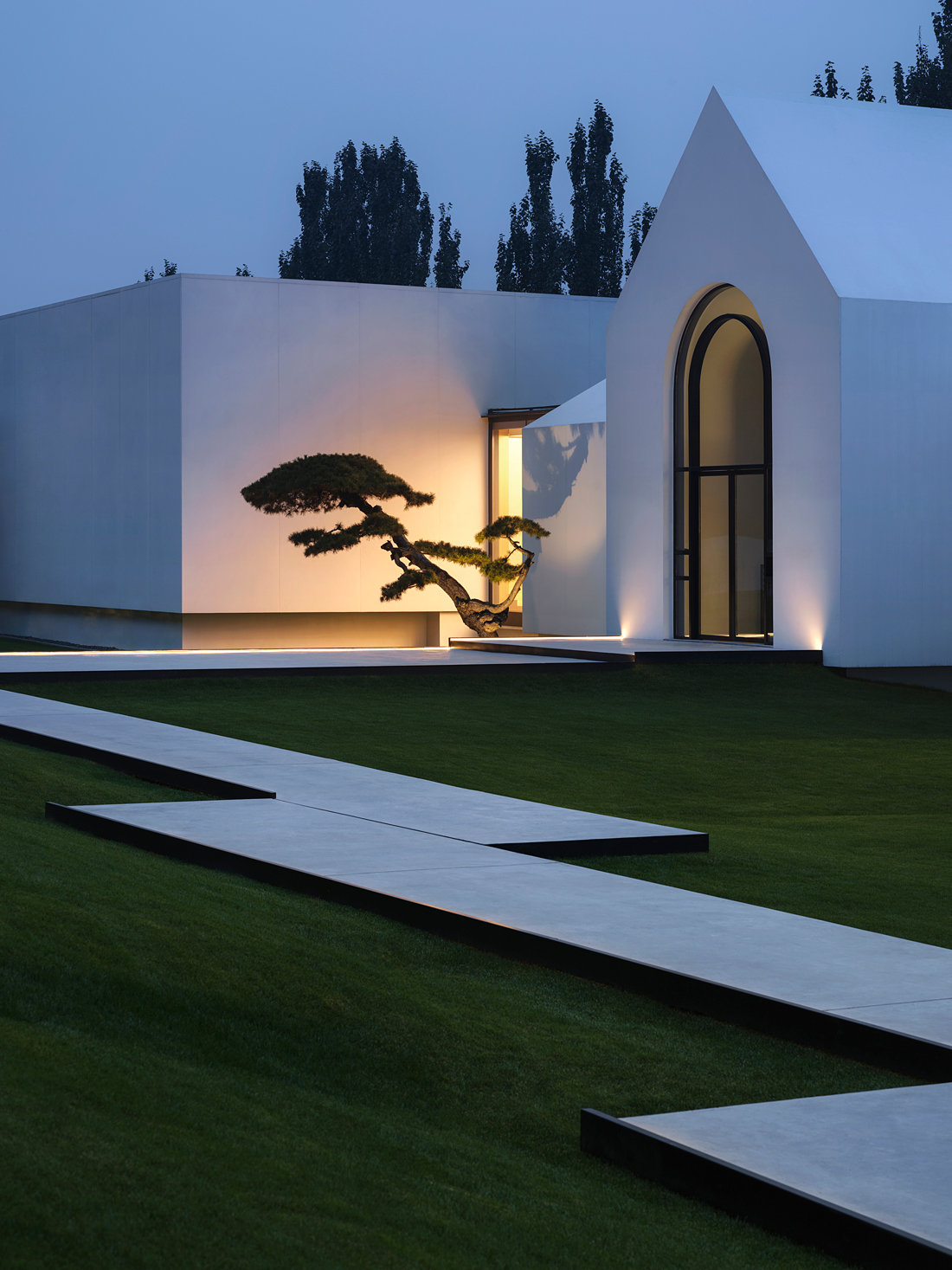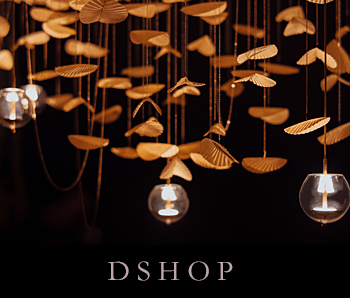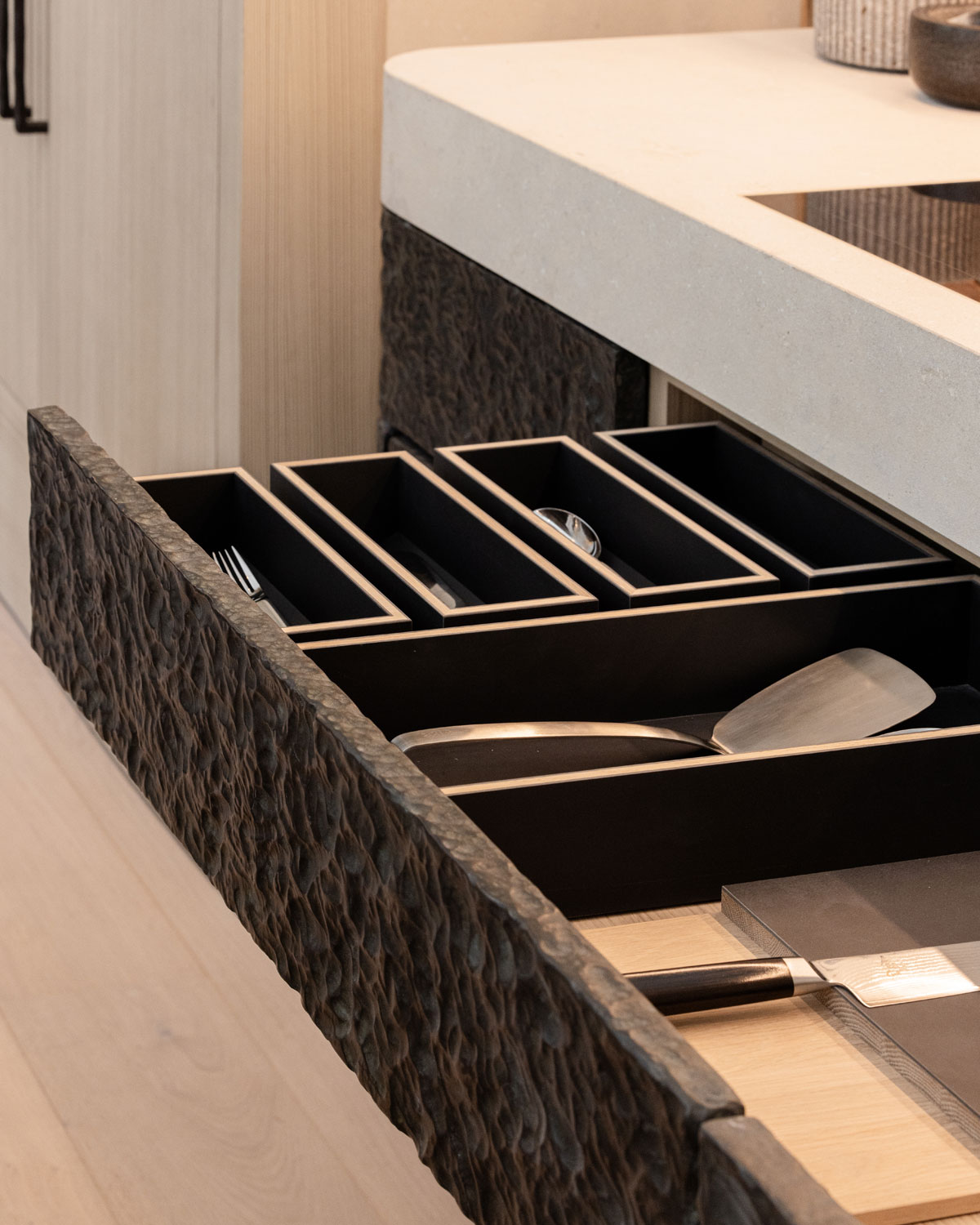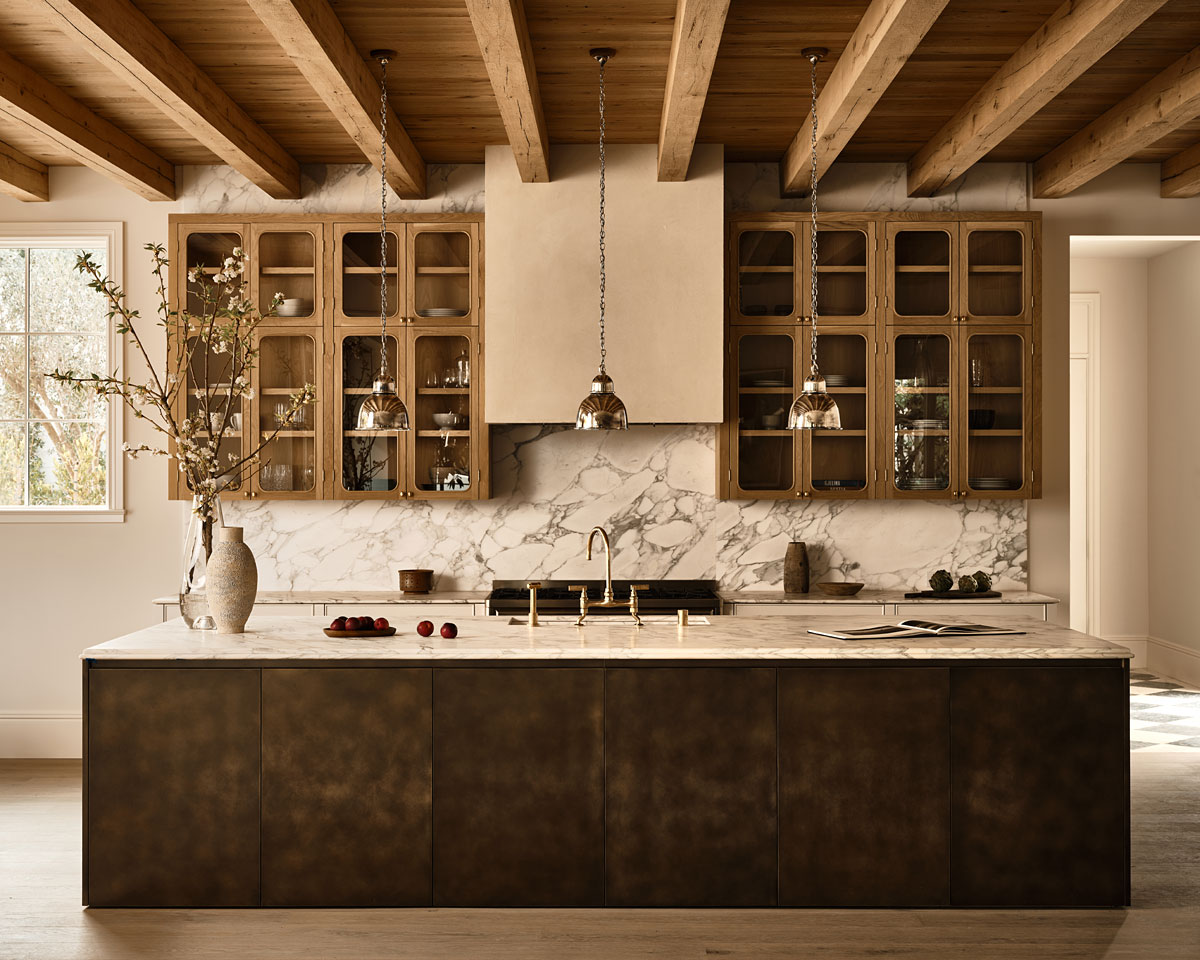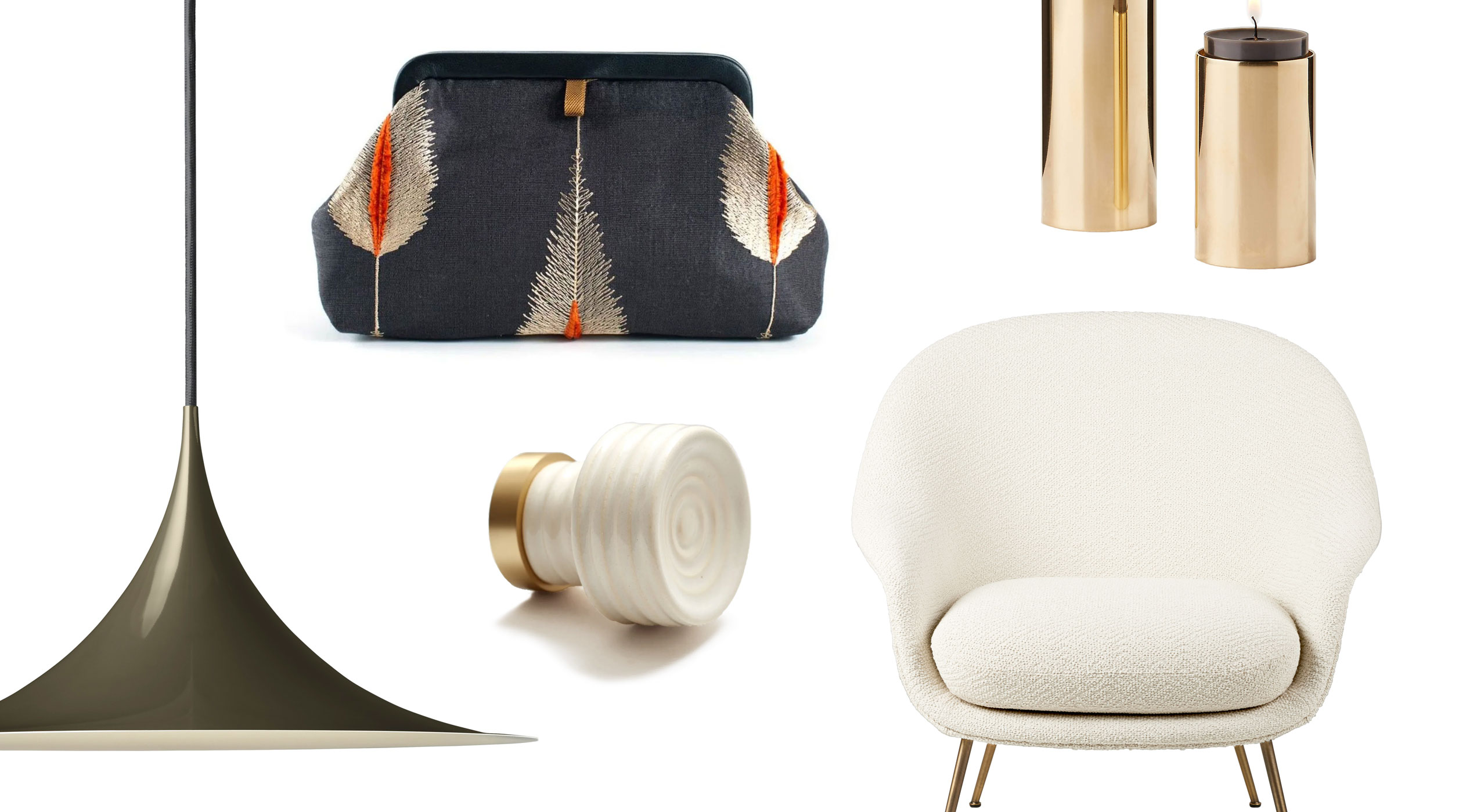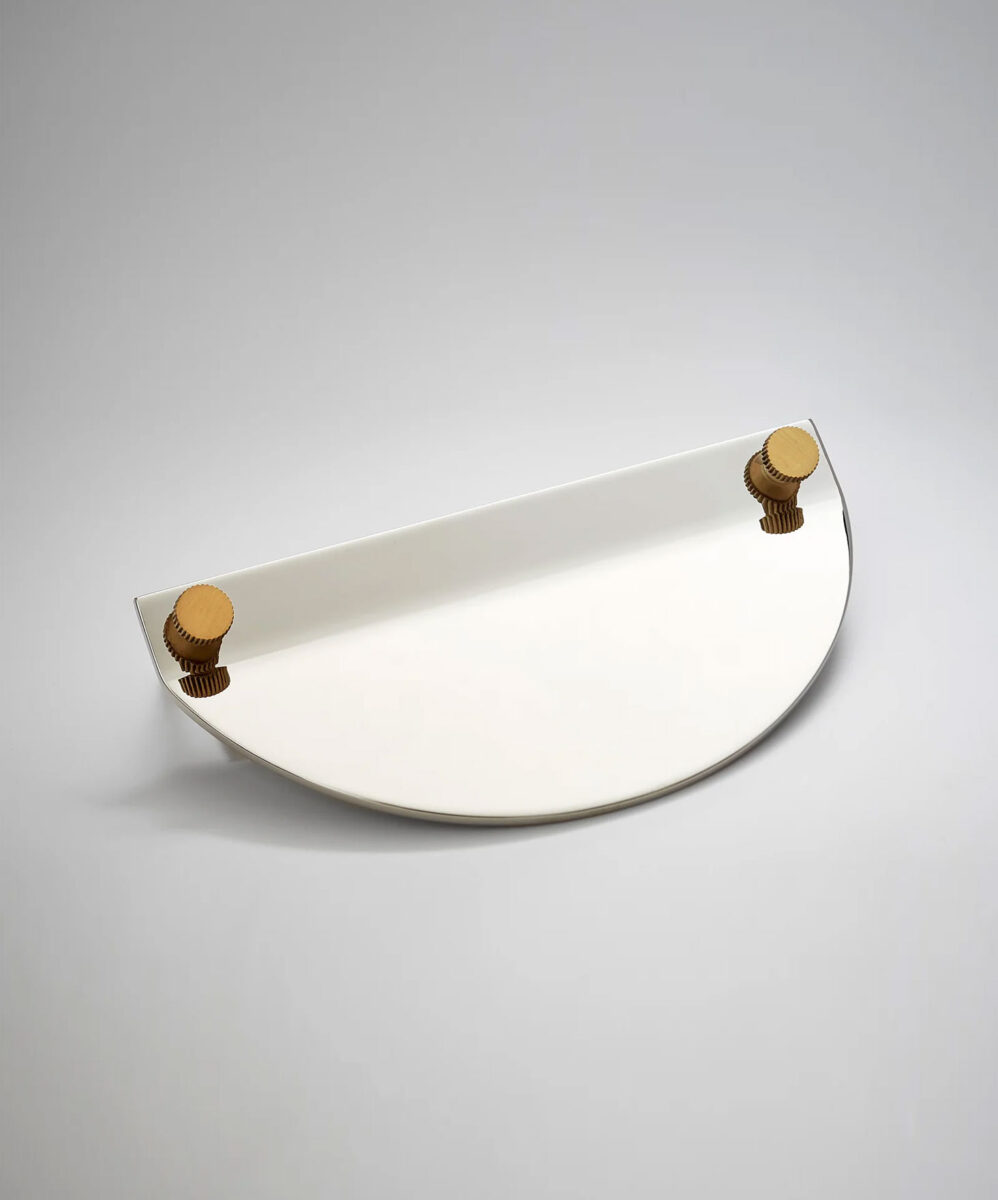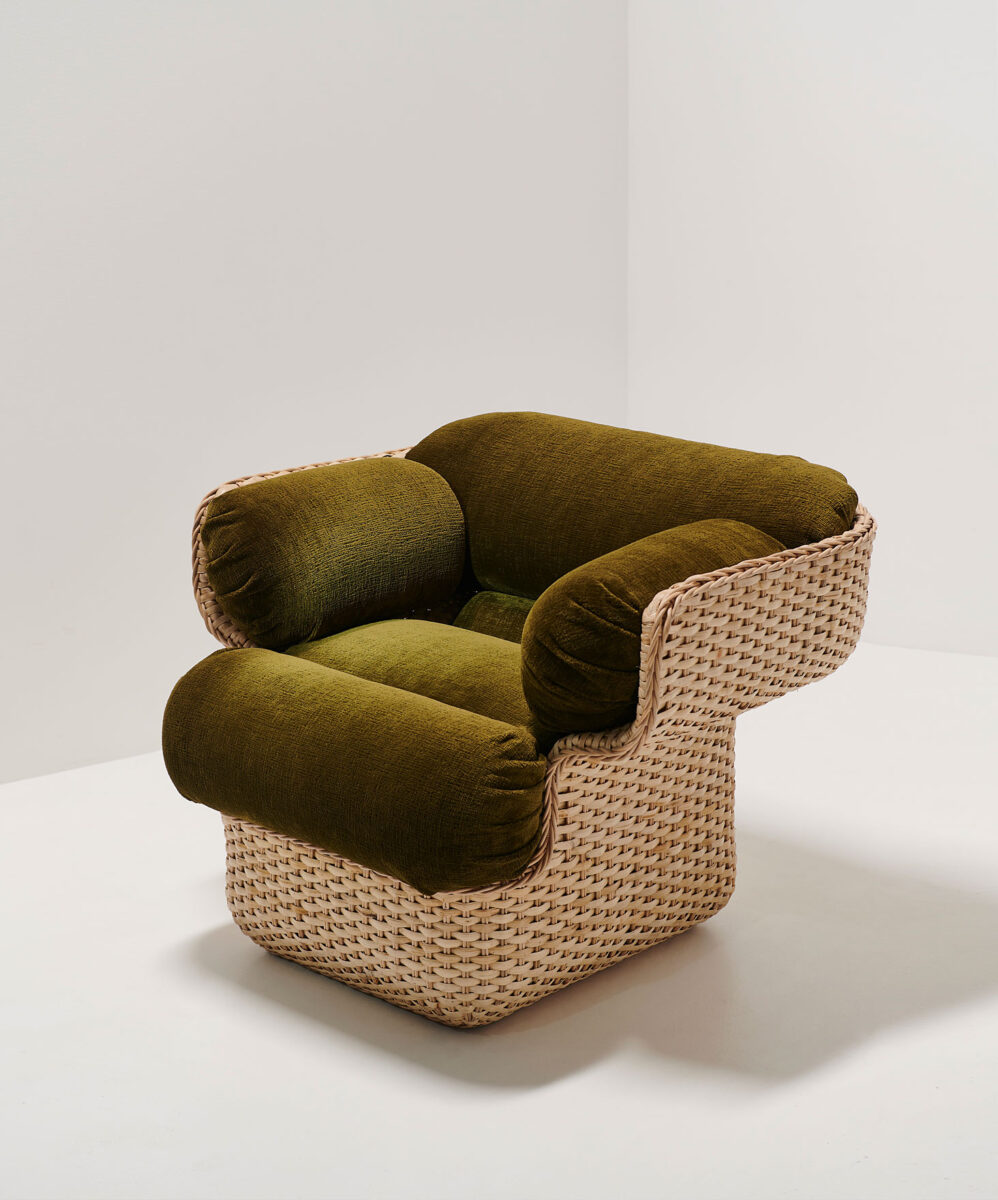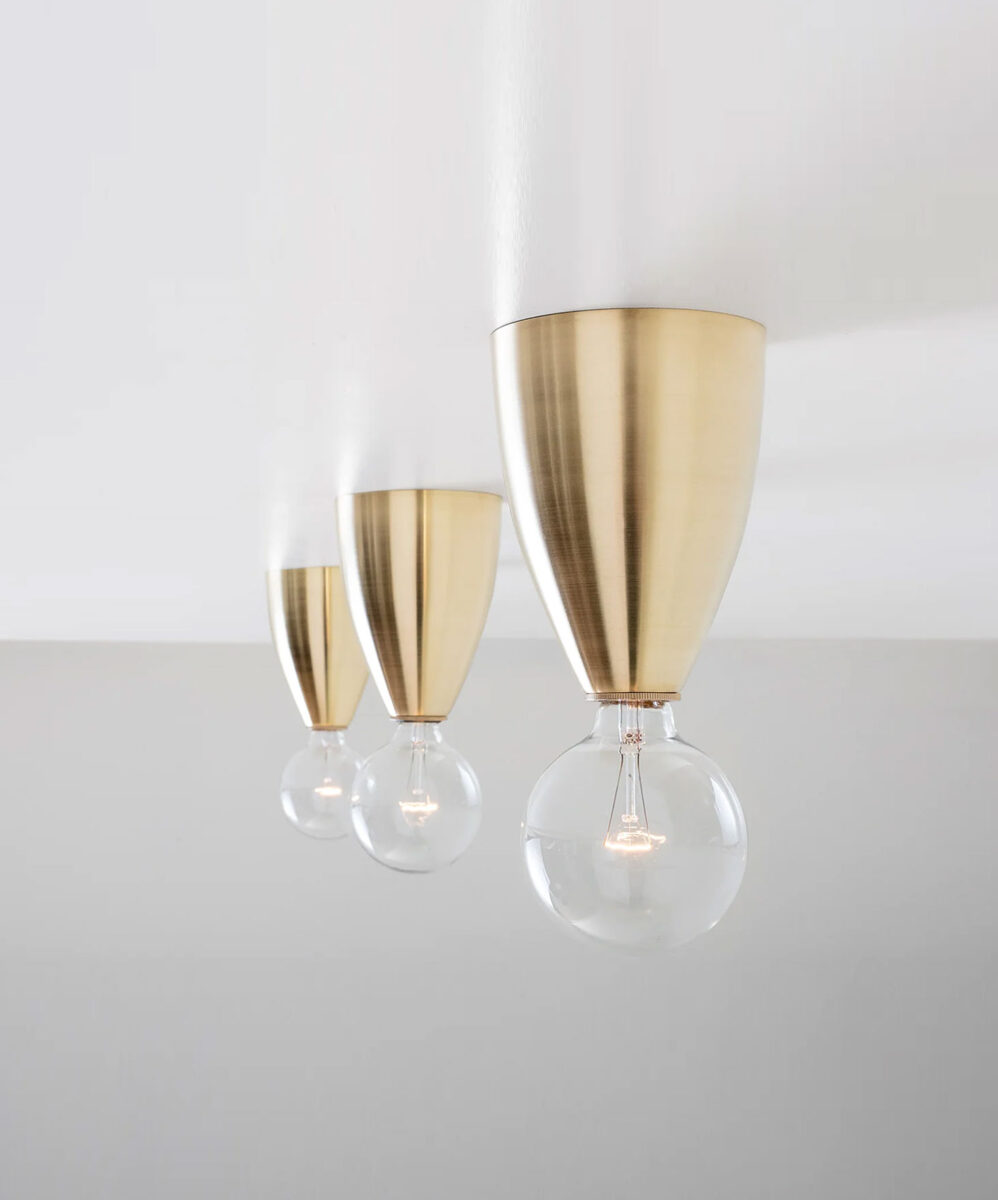WANG ZHONGJUN…
is a connoisseur of the best that east and west can offer. As the co-founder of China’s oldest and most influential private film studio, Huayi Brothers, he has adopted American techniques to Chinese subjects; last September his patriotic epic The Eight Hundred was the world’s top grossing film. The same is true of his art collecting. In November 2014 he bought Vincent Van Gogh’s 1890 painting Still Life, Vase with Daisies and Poppies. Six months later he bought Pablo Picasso’s Femme Au Chignon Dans Un Fauteuil. And a year after that, he bought a missive by the 11th century Chinese scholar Zeng Gong, setting a new record price for a Chinese letter.
NOT SURPRISINGLY…
his Song Art Museum, founded in 2017 in Beijing, marries the best of east and west. When he bought the building that was to become the museum, its gabled pavilions and red brick walls made it decidedly old-fashioned. His architects, vermilion zhou design group, removed all the decorative elements, then stuccoed over the brick to create pure, white volumes, divorced from any period or style. Those blank forms recall the work of the American architect Hugh Newell Jacobsen. Jacobsen, who died in 2021, was renowned for creating simple boxes, devoid of decoration, that were nonetheless admired by traditionalists for their familiar, historically redolent shapes.
IN SOME…
of Jacobsen’s buildings such as his addition to the Fred Jones Jr. Museum of Art at the University of Oklahoma, windowless volumes are connected by glass corridors. Likewise, at the Song Museum, sections of the renovated building (with a total of 12 exhibition halls) are connected by glass hallways. In addition, large sections of the facades, including gable ends, are entirely glazed. At one end of the building, a lounge area culminates in a glass wall, its grid of mullions bringing the irregularity of the pine trees outside into high relief.
A KEY…
to understanding Chinese painting is noticing the parts that are left blank. In Chinese art, empty space is expected to convey information through its very lack of imagery. The sizes and contours of the empty shapes create rhythm and unity. The solid shapes give meaning to the empty, and vice-versa. At the Song Museum, vermilion zhou design group created “blank space” by removing interior and exterior details from the buildings. Inside, the surfaces serve as neutral backdrops for western and Chinese art. Outside, they bring rhythm and unity to the long, narrow site.
WITH THE…
glass walls, the architects initiated a conversation between indoors and out. Surrounding the buildings, some 200 pine trees “pose” like dancers trying out different positions. But perfectly manicured lawns and rigidly geometric pathways are a reminder that the architects are not relinquishing control. The building’s geometry organizes the entire site, even the parts it does not touch. That reminds the architects of the Chinese philosopher Lao Tzu’s instruction to “govern without intervention.” Here, a minimalist building, as much background as foreground, governs with surprisingly little intervention.
Design: Vermilion Zhou Design Group
Photography: Zhi Xia & Jonathan Leijonhufvud


